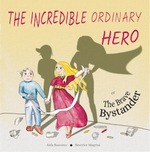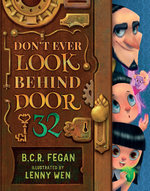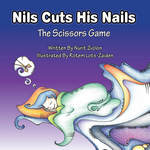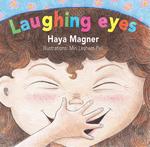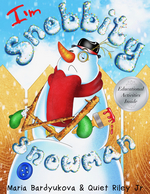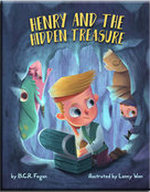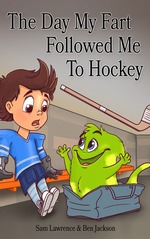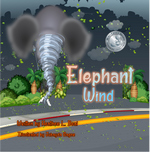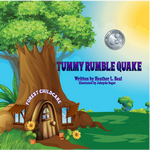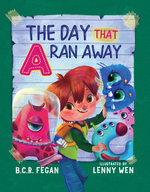 The Day That A Ran Away
The Day That A Ran Away
by B.C.R. Fegan, Lenny Wen (Illustrator)
Kindle Edition, 32 pg.
TaleBlade Press, 2018
Read: July 9, 2018

Things are going bad for poor Jet — his teacher has noticed that he hasn’t finished his assignment of writing out the Alphabet. So he explains to Mrs. May that he did, in fact, do it, but . . . well, did you read the title? A ran away.
From there, Jet goes on to explain why each letter isn’t on his paper. D was scared, I just didn’t want to, something nefarious might have gone on with L, and so on. Each letter gets its own page with a fantastic picture personification and a line or two describing (in rhyme) why that letter didn’t make it onto the work.
Wen’s art is never not delightful, but I really enjoyed this one and have flipped through it a couple of times just to look at the drawings — I love the T and O characters in particular. I’m not sure I can describe it, it might take away from the value if I could — but T’s teeth are about the best bit of art I’ve seen this month. The details he fills the pages with are wonderful, eye-catching and will entertain adults as much as kids.
I’m a little surprised that I’ve become, at this stage in my life (my kids are teenagers or older) to become a fan of picture book creators — but these two have turned me into one. This book demonstrates why. Typical of Fegan and Wen, The Day A Ran Away this is imaginative, fun, and well-written. I cannot imagine a child of picture book age (and maybe a little older) not being entranced by the art, there’s plenty going on for parents/others to point out, and a story that’s fun enough to read that someone wouldn’t mind repeating a few dozen times — which is more important than non-parents can realize.
Disclaimer: I received a copy of this book from the publisher in exchange for my honest opinions about this book.
—–



